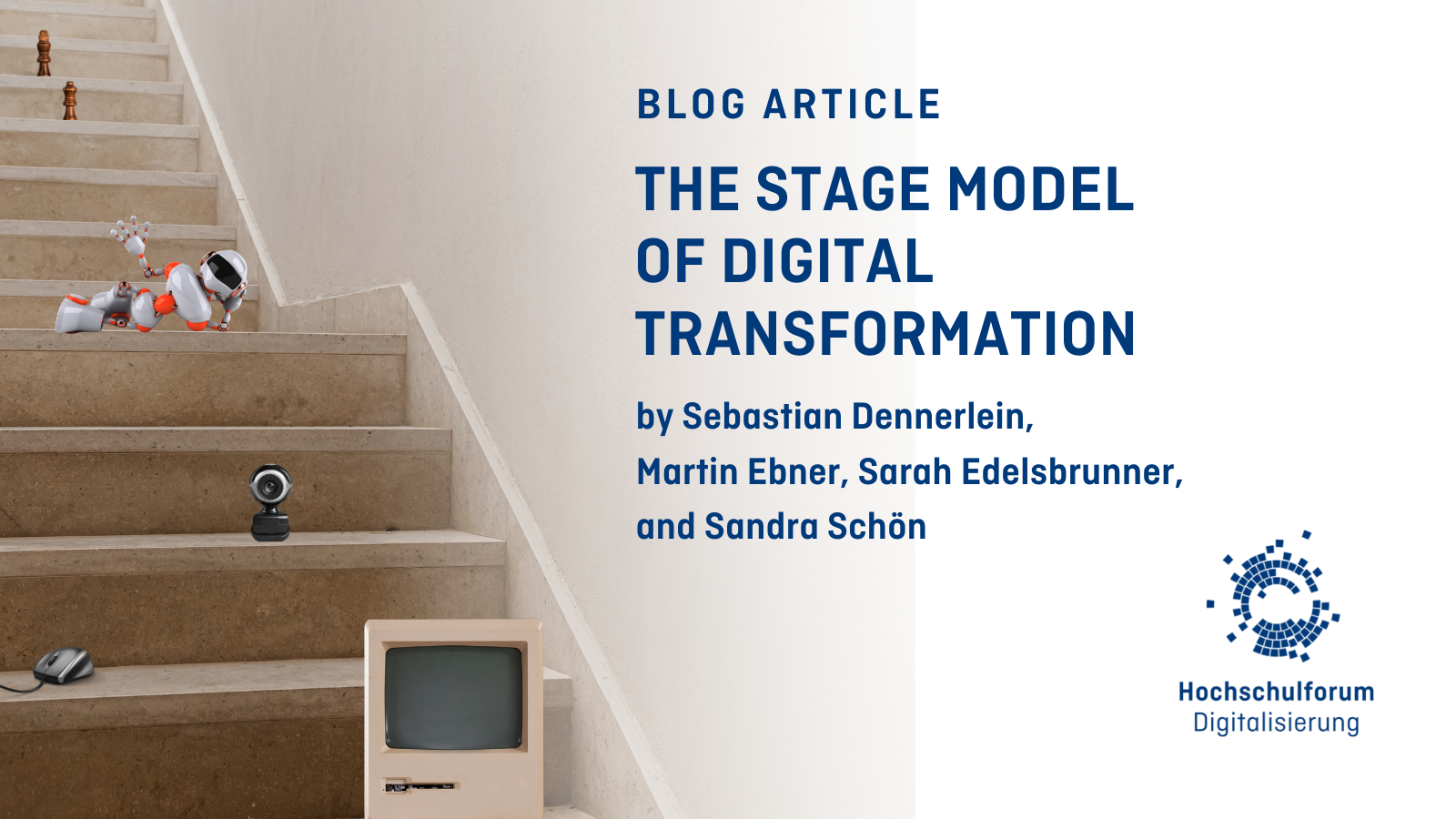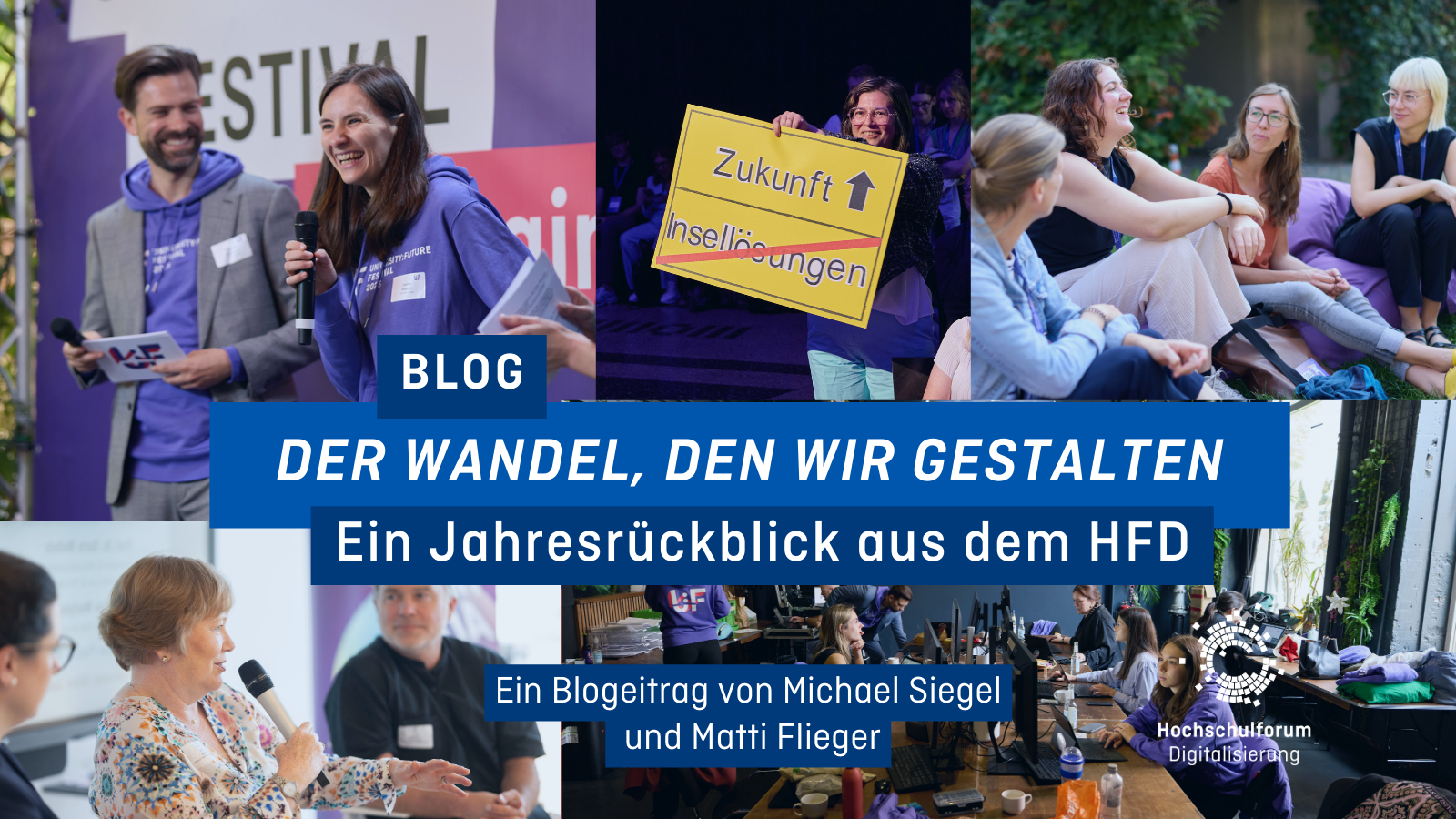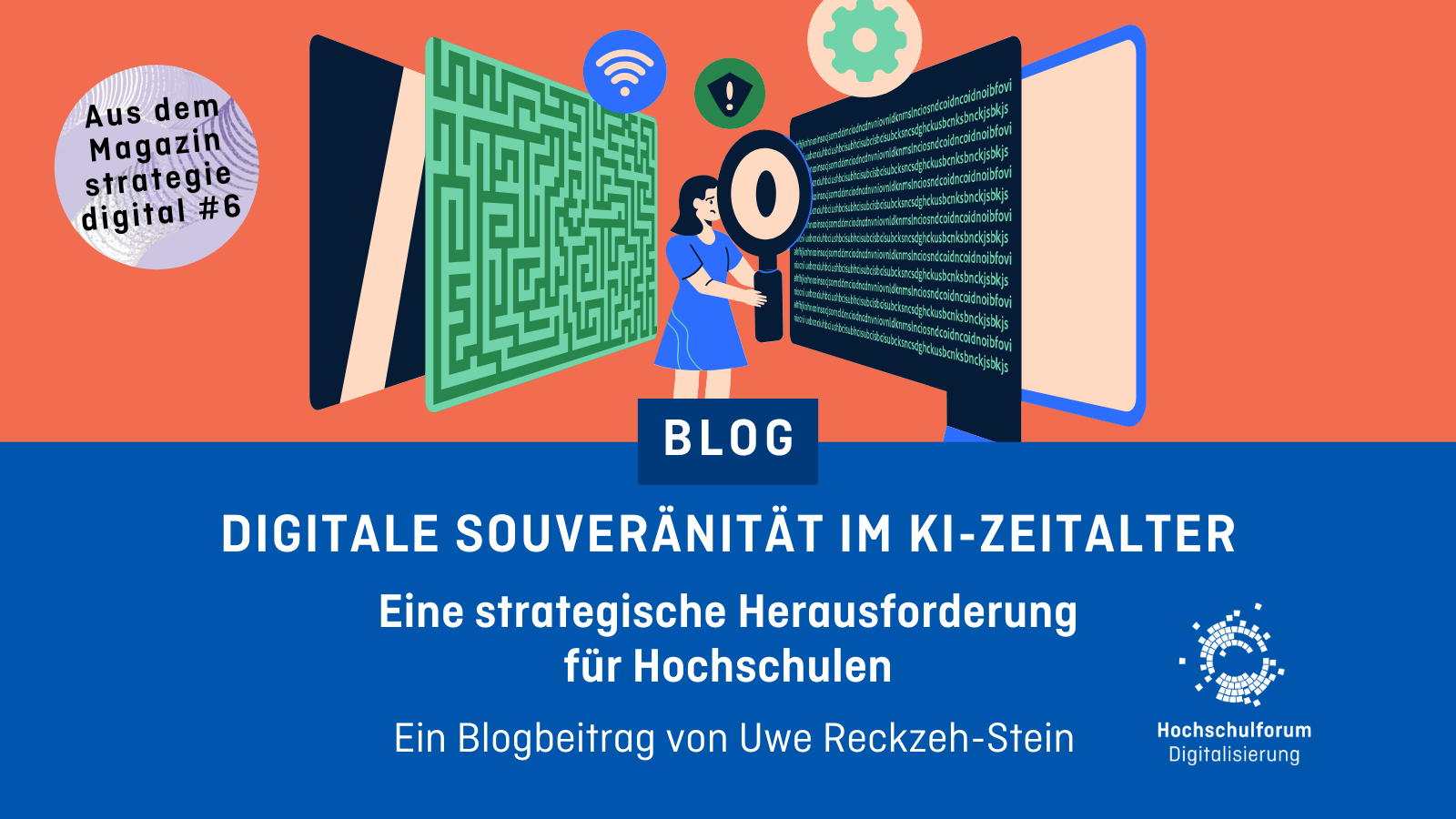The stage model of digital transformation
The stage model of digital transformation
01.06.22
Where does the use of a certain technology – for example a learning management system or the use of OER – stand in the higher education landscape? A stage model, developed by Martin Ebner et al., could help to describe this in the future.

Anyone who has written technical proposals for European projects knows that value is placed on an assessment of the status quo and the “readiness” level to be achieved in the project. Building on the idea of a Readiness Level Index by NASA (2012), the European Commission (2017) has also introduced a “Technology Readiness Level Index”. It is also used in the European Commission’s technology tenders (2017) to regulate access to different funding tracks and rates. Such a classification for the use of technologies in (higher education) teaching is also helpful when thinking about opportunities, changes, or objectives in the field of digitally enhanced teaching or also when continuing to work on the digital transformation of teaching as part of strategic work (Ebner et al., 2021).
The stage model of digital transformation in higher education teaching
The stage model of digital transformation in higher education teaching (source: Ebner et al., 2021, Table 1, p. 7) is an aid to describing the respective readiness for or implementation stage of technologies in teaching:
Stage 1: Perceiving a digitisation opportunity in related domain
A concept for or the use of an application/technology in a related industry, a university abroad and/or for a similar purpose, e.g. in the school sector or in companies is verifiable and documented.
Stage 2: Concept at the university
A need and an initial idea (concept) for a digital transformation at the university is described or a corresponding concept or application/technology for a digital transformation is available.
Stage 3: First use, possibly as a prototype at the university
An application/technology has been used, possibly as a prototype, for the first time in a test group in the university’s own context, e.g. in the context of a workshop with students.
Stage 4: Employment at the university possible and verifiable
The application/technology is fully accessible and its use in the field, i.e. in the context of courses in a specific subject at one’s own university, is verifiable.
Stage 5: Accompanying measures implemented at the university
Students and teachers can find the relevant information (e.g. handouts), support or training offers for the application/technology at their own university.
Stage 6: Demonstrated employment in a relevant area of the university
An application/technology is integrated and in use in the system of a relevant environment, e.g. in a study programme at one’s own university.
Stage 7: Regular and relevant use at the university verifiable
The application/technology has proven itself in everyday life in a relevant group of cooperating universities.
Stage 8: Other universities also use the technology
The application/technology has proven itself in everyday life at the university and is regularly used by a relevant user group.
This model can therefore help to clearly describe the status of a (possible) digital transformation in higher education. Those who are considering the introduction of initiatives and projects want to determine in what way or to what extent these measures have already succeeded.
For example, learning management systems were introduced at almost all Austrian higher education institutions in 2016 at the latest and have proven their worth in higher education (Bratengeyer et al. 2016). Level 8 is probably to be applied here. Regarding open educational resources (OER), on the other hand, Austrian HEIs are classified at levels 5 to 7, depending on the HEI (cf. Edelsbrunner et al., 2021). There are certainly also greater country-specific differences about MOOCs (e. g. for China: Liu 2019). In German-speaking Europe, we currently see micro-credentials in connection with digital courses only at level 2 to 3.
It should not be forgotten that the digital transformation is never complete, assmall and large further developments are always required. Maintenance work, adjustments to technical systems or regulations (e. g. data protection) are necessary. Effort isoften also required to maintain a classification. The classification should therefore be seen as dynamic. The model is intended to encourage reflection and to help describe a current or future aspired status.
The model also does not make any normative specifications, such as those laid out by Seufert, Guggemos & Moser (2019) in their development stages for the digital transformation of universities. Whether a development is desired, ensures good teaching or will soon be replaced by a competing technology cannot be described by the suggested stage model. Such negotiation processes remain an essential part of the strategic discussion and goal setting of digital transformation in teaching (Ebner et al., 2021; Dennerlein et al., 2020/2021). Even if this proposal does not explicitly set out normative requirements in terms of content, we too presuppose such considerations – first and foremost with the aim of improving teaching – e. g. regarding competence orientation, flexibility, learner satisfaction or sustainability of resources.
Any comments on the stage model are welcome and we are happy if it helps you in describing your work!
Referenzen
- Bratengeyer, E.; Steinbacher, H.; Friesenbichler, M.; Neuböck, K.; Kopp, M.; Gröblinger, O. & Ebner, M. (2016). Die österreichische Hochschul-E-Learning-Landschaft. Studie zur Erfassung des Status quo der E-Learning-Landschaft im tertiären Bildungsbereich hinsichtlich Strategie, Ressourcen, Organisation und Erfahrungen. Norderstedt: Book on Demand. https://www.fnma.at/content/download/1431/4895
- Ebner, M.; Schön, S.; Dennerlein, S.; Edelsbrunner, S.; Haas, M. & Nagler, W. (2021). Digitale Transformation der Lehre an Hochschulen – ein Werkstattbericht. In K. Wilbers & A. Hohenstein (Hrsg.), Handbuch E-Learning. Expertenwissen aus Wissenschaft und Praxis – Strategien, Instrumente, Fallstudien, 94. Erg.-Lfg. Dezember 2021, Beitrag 3.41.
- Edelsbrunner, S.; Ebner, M., & Schön, S. (2021). Strategien zu offenen Bildungsressourcen an österreichischen öffentlichen Universitäten. Eine Beschreibung von nationalen Strategien, Whitepapers und Projekten sowie eine Analyse der aktuellen Leistungsvereinbarungen. In: Heinz-Werner Wollersheim, Marios Karapanos, Norbert Pengel (Hrsg.), Bildung in der digitalen Transformation, Tagungsband der GMW 2021, Waxmann, S. 31-36.
- Dennerlein, S. M.; Sluga, P.; Maitz, K.; Ebner, M.; Ebner, M.; Veider, T. & Pammer-Schindler, V. (2021). University Innovation Report 2021: Digitale TU Graz Marketplace for Technology Enhanced Learning, for Technology Enhanced Administration and Research Data Management; Digitale Innovationen aus Lehre, Verwaltung und Forschung an der TU Graz, August 2021, Graz: Verlag der Technischen Universität Graz.
- Dennerlein, S., Pammer-Schindler, V., Ebner, M., Getzinger, G., & Ebner, M. (2020). Designing a Sandpit-and Co-Design-informed Innovation Process for Scaling TEL Research in Higher Education. In: Wirtschaftsinformatik, S. 49-56.
- European Commission (2017). G. Technology readiness levels (TRL). HORIZON 2020 – WORK PROGRAMME 2018-2020. General Annexes. Extract from Part 19 – Commission Decision C (2017) 7124. https://ec.europa.eu/research/participants/data/ref/h2020/other/wp/2018-2020/annexes/h2020-wp1820-annex-g-trl_en.pdf (
- Liu, M.; Zha, S.; He, W. (2019). Digital Transformation Challenges: A Case Study Regarding the MOOC Development and Operations at Higher Education Institutions in China. In: TechTrends: Linking Research and Practice to Improve Learning, 63, 5, 621-630. https://link.springer.com/article/10.1007/s11528-019-00409-y
- Seufert, S.; Guggemos, J. & Moser, L. (2019). Digitale Transformation in Hochschulen: auf dem Weg zu offenen Ökosystemen. In: Zeitschrift für Hochschulentwicklung, 14, 2. https://zfhe.at/index.php/zfhe/article/view/1214
- NASA (2012). Technology Readiness Level. Publiziert am 28.10.2012; abrufbar unter: https://www.nasa.gov/directorates/heo/scan/engineering/technology/technology_readiness_level





 Michael Siegel
Michael Siegel 
 Andreas Giesbert
Andreas Giesbert 
 Uwe Reckzeh-Stein
Uwe Reckzeh-Stein 